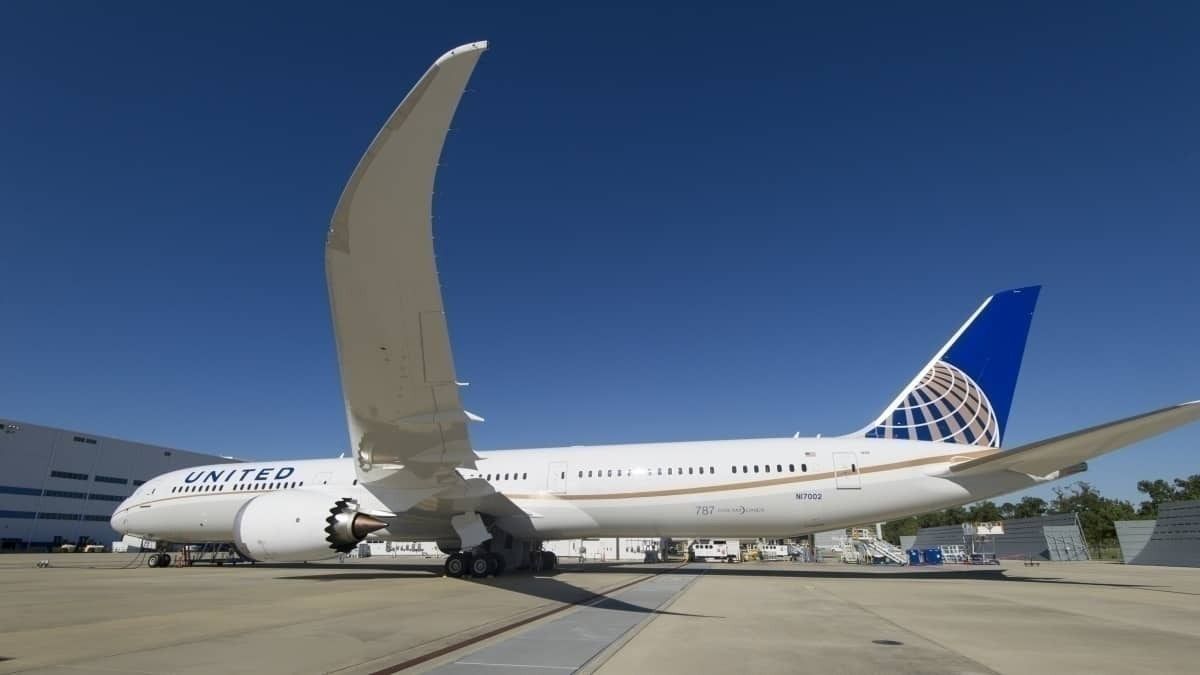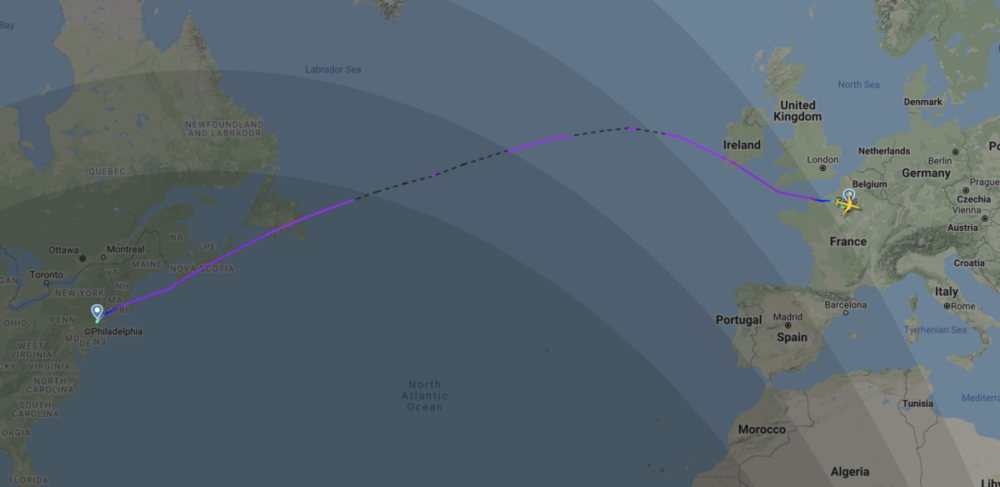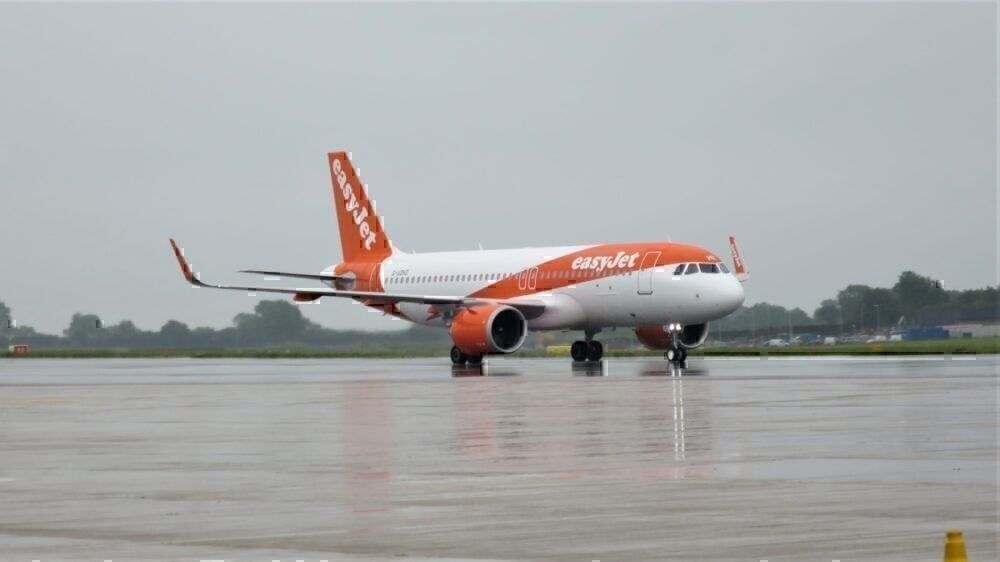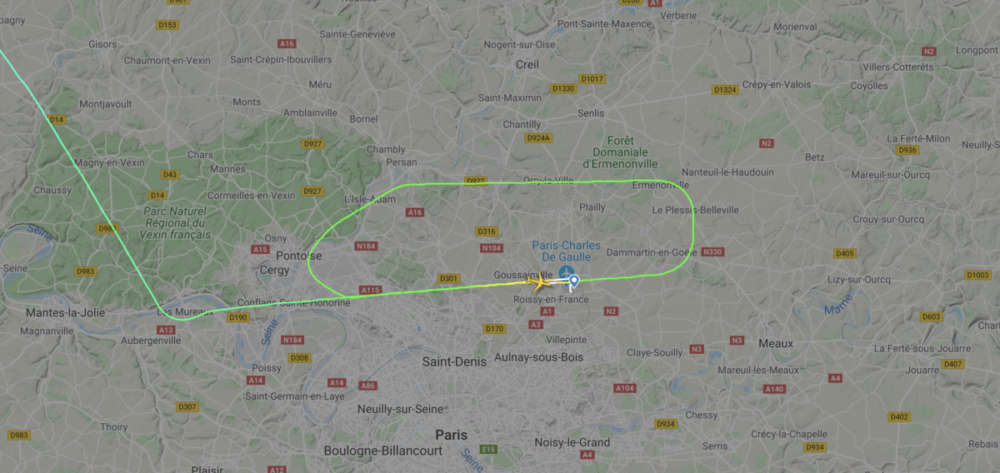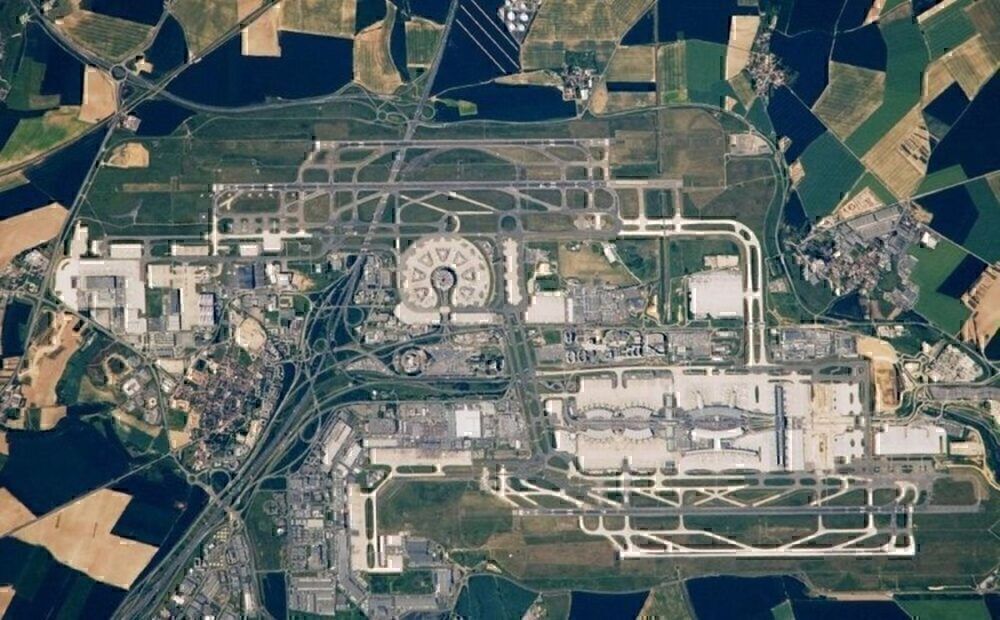A United Airlines 787-10 had a near-miss in Paris last month when ATC cleared it to land on an unexpected runway. As the runway was parallel to the original target, it was no big issue to make the switch. The problem was, there was already an aircraft on that runway. Here's what happened.
United's Dreamliner from New York to Paris
United Airlines flight number UA57 was heading from New York (EWR) to Paris (CDG) on July 19th. The flight departed Newark Liberty on time at around 18:45, heading across the Atlantic for the almost seven-hour journey to Paris.
The aircraft operating the route was N16009, a one-year-old Boeing 787-10 Dreamliner. It has 44 of United's Polaris business class seats, 21 premium economy positions, and 253 main cabin seats.
Stay informed: Sign up for our daily aviation news digest.
The flight proceeded without incident, the Dreamliner actually making up a bit of time on the journey. Having a published landing time of 07:45 the following day Paris time, United was firmly on final approach to the airport by 07:15. That's when things went a bit pear-shaped.
Runway occupied
According to the incident report on the Aviation Herald, the United Airlines aircraft had been lining up for a landing on runway 09L. This was the approach that the crew had been expecting, so it came as a bit of a surprise when ATC advised the pilots that they were cleared to land on runway 09R.
09R is a parallel runway to 09L, just to the right. As such, it wasn't too much trouble for the pilots to make a swing to the right in order to line up with the other runway. The crew read back the clearance to the tower. No mistake was noticed.
However, runway 09R was already occupied, by an easyJet A320 on its way to Malaga in Spain. The easyJet plane had been cleared to line up on runway 09R and await clearance for takeoff.
Thankfully, the easyJet pilots noticed what was going on. Clearly not keen to have a Dreamliner attempting to land over the top of their heads, the pilots reported the situation over the radio, and the United crew were alerted.
The Boeing 787 instigated a go-around from 260 feet above ground level, according to the report. It circled and landed safely at CDG around 20 minutes later, and still well ahead of schedule. The easyJet aircraft also took off safely around five minutes after the incident.
How did this happen?
There were several mistakes made that led to this dangerous situation developing. The first and most obvious party responsible is the tower for giving clearance to land on an incorrect runway. It's an easy mistake to make, but when you're in a job with hundreds of lives dependent on you, it's not one that can afford to be made.
Secondly, the United 787 flight crew should really have questioned the last-minute change of runway. Runway switches can happen at the last minute from time to time, but ATC will usually make more of an issue of it and notify the pilots of a change.
Thirdly, the easyJet aircraft, in an ideal world, should not have been occupying the runway before it was cleared for takeoff. It is fairly common practice in some airports to allow aircraft to taxi onto the runway itself while awaiting clearance, but most would agree its safer to keep them holding on a taxiway until they are cleared to roll.
Undoubtedly, this was a chain of minor mistakes that could have added up to a major catastrophe. Thankfully, nothing untoward came about, although there will undoubtedly be some difficult conversations taking place right now. The French Bureau d'Enquêtes et d'Analyses pour la Sécurité de l'Aviation Civile (BEA) has classed it as a serious incident and has opened an investigation.

